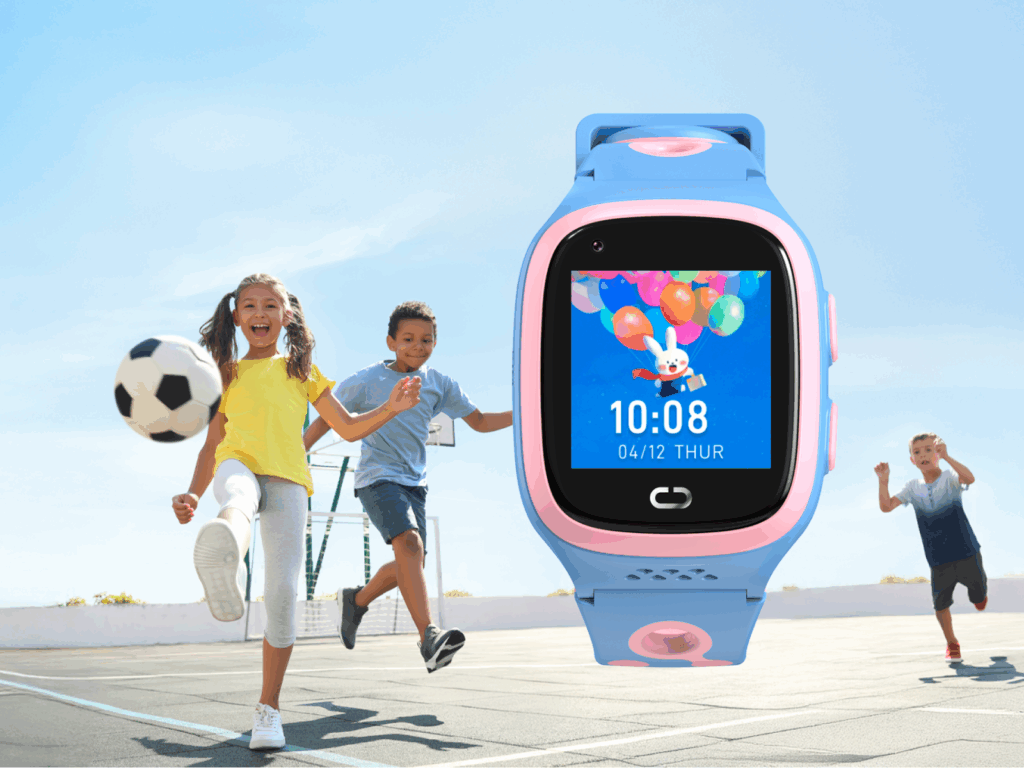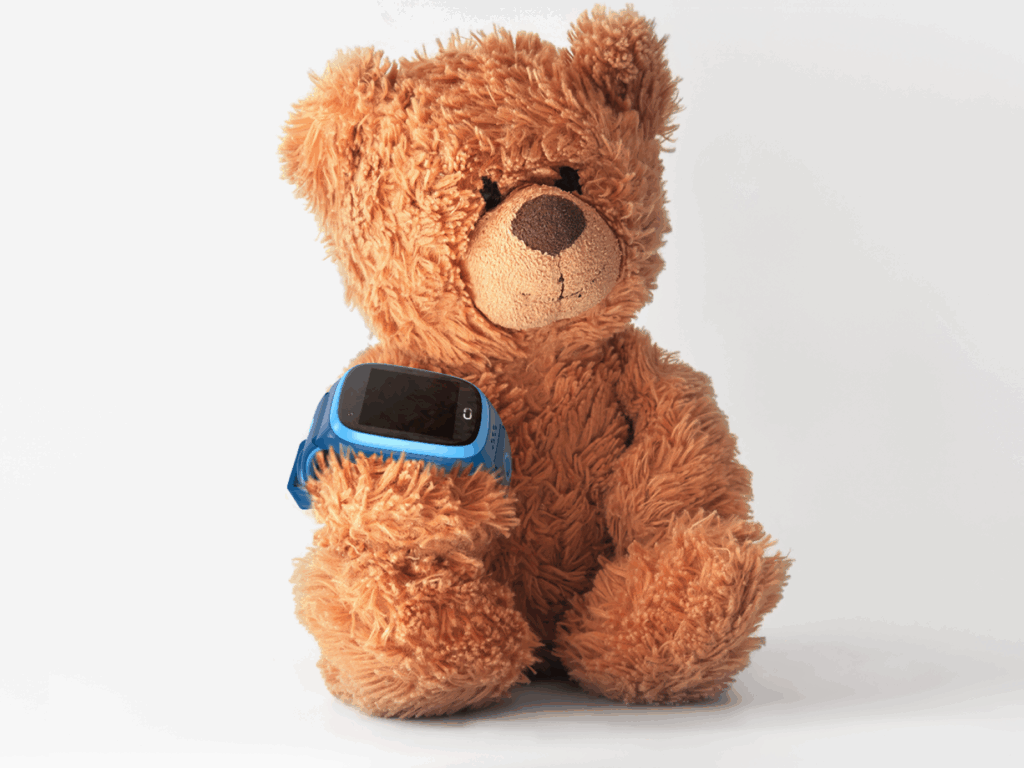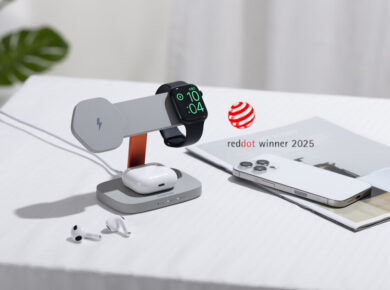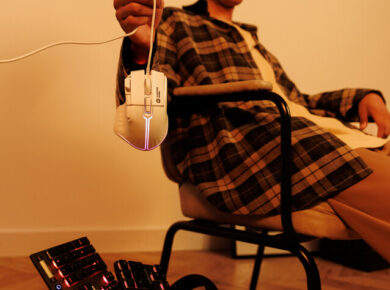As a parent, keeping your child safe while giving them age-appropriate independence is one of the biggest challenges of modern parenting. You want to know where they are after school, be reachable during emergencies, and stay connected without handing over a full-fledged smartphone too early. This is exactly where wearable devices designed for children come into play—and models with embedded SIM technology are changing the game entirely.
Why Parents Choose Connected Watches for Their Children
Before diving into technical details, let’s talk about why so many parents are turning to wearable tech for their kids. Traditional smartphones come with risks: social media exposure, inappropriate content, screen addiction, and the simple fact that phones get lost, broken, or stolen easily at school or the playground.
A kids phone watch solves these concerns elegantly. It provides essential communication features—calls and messaging—without the distractions and dangers of a smartphone. Parents get peace of mind through GPS tracker functionality, knowing their child’s location in real time. Whether your son is at soccer practice, your daughter is walking home from kindergarten, or either is spending the afternoon at a friend’s house, you stay connected without overwhelming them with technology they’re not ready for.

These devices are specifically built with child safety in mind. They’re waterproof for those inevitable puddle-jumping moments, designed to withstand the rough and tumble of childhood, and feature parental controls that let you decide what functions are available and when.
Understanding Modern SIM Technology
Now, let’s address what is eSIM—the technology that’s making the latest generation of children’s watches more convenient than ever.
The term stands for embedded SIM. Unlike the small plastic card you slide into a phone, this technology is built directly into the device. It’s a tiny chip permanently installed during manufacturing that can be programmed with your carrier’s information digitally—no physical swapping required.
Think of a traditional SIM card as a house key you carry separately, while embedded SIM is like having the lock built into your hand. You still need activation and a data plan, but there’s no physical card to insert, remove, lose, or break.
For a kids smartwatch with eSIM, this means the device is sleeker, more durable, and significantly easier to set up and manage. There’s no tiny SIM tray that curious little fingers can pry open, no card to accidentally drop down a drain, and no need to visit a store for a physical card when activating service.
How Do eSIM Smartwatches Work?
Understanding the technology is simpler than you might think. When you purchase a compatible watch, you choose a mobile carrier that supports this technology for wearables. The carrier provides a QR code or activation details through their app. You scan this code or enter the information into the companion app on your smartphone, and within minutes, the watch connects to the cellular network.
Once activated, the device functions independently. Your child can make and receive calls, send messages, and the watch transmits location data—all without needing to be paired with a phone nearby. This is powered by 4G connectivity, giving the watch access to mobile networks just like a phone would have.

The parent controls everything through a dedicated app on their own smartphone, whether that’s iOS or Android. From there, you manage contacts, set safe zones, check your child’s location, and adjust which features are accessible at different times of day.
Benefits of Children’s Smartwatches with eSIM
The advantages of choosing models with embedded SIM technology go far beyond simple convenience. Here are the key benefits that matter most to parents:
Immediate Connectivity Without Physical Setup
Traditional watches require opening the device, inserting a tiny SIM card correctly (which can be fiddly even for adults), and hoping it clicks into place properly. With the newer technology, activation happens through software. You’re ready to go in minutes, not after a trip to the store and a wrestling match with microscopic components.
More Durable and Water-Resistant Design
Eliminating the SIM card slot means one less opening in the watch casing. This makes it easier for manufacturers to achieve better waterproof ratings. The fewer gaps and entry points, the better the protection against water, dust, and impact—critical when the wearer is an active child.
Easier Carrier Switching
If you travel internationally or decide to change carriers, embedded SIM technology allows you to reprogram the watch digitally. No need to order new SIM cards, wait for delivery, or worry about compatibility. You simply update the profile through the carrier app.
Enhanced Security
A physical SIM card can be removed from a watch if it’s lost or stolen, potentially cutting off your ability to track the device. An embedded chip cannot be physically extracted, making it harder for the watch to be disconnected from your monitoring capabilities.
Smaller, Lighter Form Factor
Space saved from eliminating the SIM tray allows for larger batteries, better screens, or simply a more comfortable fit on smaller wrists. Every millimeter counts when designing wearables for children.
Comparing Technologies: What Should You Choose?
Still wondering whether embedded SIM technology is worth it compared to traditional SIM cards? Let’s break down the practical differences in this comparison table:
| Feature | eSIM | Traditional SIM |
| Installation | Digital activation via QR code or app | Physical card insertion required |
| Durability | No removable parts, better sealing | SIM tray creates potential weak point |
| Setup Time | 5-10 minutes through smartphone | May require store visit, physical handling |
| Carrier Switching | Quick digital reprogramming | Need new physical SIM card |
| Water Resistance | Better sealing, higher IP ratings possible | SIM slot can compromise waterproofing |
| Child-Proof | Cannot be accidentally removed | Small card can be lost or damaged |
| International Travel | Easy to add temporary local plans | Requires purchasing local SIM cards |
| Loss Prevention | Cannot be physically removed from device | Can be taken out if watch is stolen |
For parents prioritizing ease of use, durability, and long-term flexibility, embedded technology emerges as the clear winner. While both options enable the same core functions—calls, GPS tracking, and data connectivity—the modern approach removes friction from setup and maintenance while adding protective benefits.

Pros and Cons of eSIM Smartwatch for Kids
To give you the complete picture, here’s an honest assessment of what to expect:
Advantages:
- Faster, hassle-free activation without physical components
- Superior water and dust resistance due to sealed design
- Impossible for children to accidentally dislodge or lose the connectivity module
- Flexibility to change carriers without new hardware
- More compact watch design means better comfort for smaller wrists
- Enhanced security since the embedded chip cannot be physically removed
Potential Limitations:
- Carrier support varies—not all providers offer this technology for children’s wearables yet
- Slightly higher initial cost in some markets (though this gap is closing)
- Requires compatible carrier network in your region
The limitations are minimal and mostly temporary as adoption accelerates. Most parents find the advantages far outweigh any initial carrier research needed.
What to Look for When Choosing a Connected Watch
Beyond embedded SIM capability, several features determine whether a device truly meets your family’s needs:
Communication Features
Look for devices supporting voice calls and, ideally, video calls so you can see your child during check-ins. Messaging capabilities add another layer of connection. The ability to manage a contact whitelist ensures your child only communicates with approved family and friends.
Location Tracking
GPS tracking should be accurate and update in real time. The best watches combine GPS with Wi-Fi and LBS (Location-Based Services) for pinpoint accuracy whether your child is indoors or outdoors. Geo-fencing features that alert you when they enter or leave designated zones—like school or home—add valuable peace of mind.
Battery Life
A connected watch isn’t helpful if it dies before the school day ends. Look for models offering at least 2-3 days of battery life under normal use. This reduces charging frequency and the likelihood your child leaves for school with a dead device.
Safety Features
An SOS button gives children a one-press emergency option to reach you instantly. Remote monitoring capabilities, including the ability to discreetly activate the microphone or camera, can be valuable in concerning situations while respecting your child’s appropriate privacy.
Age-Appropriate Entertainment
For downtime, educational apps, games, music players, and pedometers make the watch more engaging. Look for parental controls letting you schedule when entertainment features are accessible—locked during school hours, available afterward.
Build Quality
Kids are tough on gear. IP67 waterproof rating or better protects against everything from handwashing to rainy afternoons. The screen should resist scratches, and the overall design should be comfortable for all-day wear by both boys and girls.
Device Compatibility
Verify the companion app works with your smartphone, whether you use iOS or Android. Some watches offer multi-parent access, letting both caregivers monitor and manage settings simultaneously.

A Real-World Example: Zefir KW49
To illustrate what a well-designed kids phone watch looks like in practice, consider the Zefir KW49. This model exemplifies the features modern parents seek in a connected wearable for children.
The KW49 delivers reliable 4G VoLTE connectivity with support for both voice and video calls over cellular and Wi-Fi networks. Parents can store up to 50 trusted contacts and use whitelist functionality to block unknown numbers, ensuring every conversation is with someone you’ve approved.

Safety features include one-touch SOS calling and comprehensive location tracking through GPS, Wi-Fi, and LBS technology. Safe zone alerts notify you instantly if your child ventures beyond designated areas, and the ability to share access means both parents stay informed without coordination headaches.
Beyond communication, the watch balances entertainment with parental control. Educational mini-apps, games, and an audio player with 1GB storage keep kids engaged during appropriate times. Parents control precisely when these features are available—locked during school, accessible during free time. The included pedometer encourages active play, and BT 5.0 lets kids connect wireless earbuds for music without disturbing others.
Built for real childhood adventures, the KW49 features IP67 waterproof protection and a 900 mAh battery lasting up to three days between charges. The 1.44″ IPS screen delivers vibrant colors in an interface designed for small hands, all powered by a reliable Unisoc chipset ensuring stable performance.
This combination of safety, connectivity, and child-appropriate features represents the direction wearable technology is heading—devices that give children measured independence while keeping parents connected and confident.
Why Do You Need an E-SIM Smartwatch?
The question isn’t whether connected wearables for children are useful—the answer to that is clearly yes for many families. The real question is whether embedded SIM technology specifically matters, and the answer increasingly is that it does.
This technology removes barriers that previously made watches less appealing or more complicated. Parents no longer face fiddly setup processes that feel intimidating if you’re not tech-savvy. Children can’t accidentally damage or lose a SIM card. The device becomes more resilient to water and impact. Changing carriers or adding international service becomes a software update rather than a hardware project.

As adoption grows across carriers globally, watches using this technology will offer better long-term value. You’re not locked to a specific carrier’s SIM ecosystem, and as your child grows, the same device adapts to changing needs without physical modifications.
For families with children attending kindergarten through elementary school—ages when independence grows but full smartphone access isn’t appropriate—these watches occupy a perfect middle ground. Your boy heading to after-school sports or your girl walking to a friend’s house carries connection without distraction, safety without surveillance that feels overbearing.
The Bottom Line
An esim smartwatch represents the evolution of how families stay connected. It combines the essential communication parents need with the independence children crave, all in a package designed specifically for young users.
The characteristic features that matter most—GPS tracker accuracy, reliable calls, video call capability, waterproof construction, comfortable design, and robust parental controls—all improve when this modern technology is part of the equation. The simpler activation, better durability, and future flexibility make it the sensible choice as this approach becomes standard.
Whether your child is starting school, becoming more independent, or you simply want the peace of mind that comes from being reachable in emergencies, these devices deliver real value. As with any technology decision, research your carrier’s support for embedded SIM technology, compare features that match your family’s specific needs, and choose a device from a manufacturer you trust.
The watch on your child’s wrist becomes more than just a gadget—it’s the digital bridge between the freedom they need to grow and the connection you need to feel confident as a parent.







